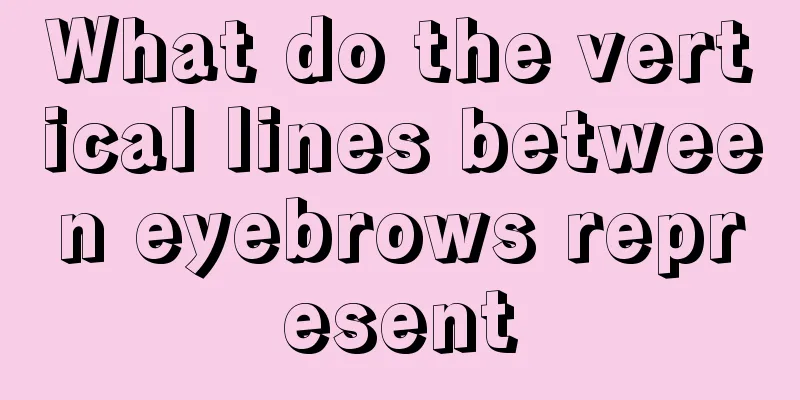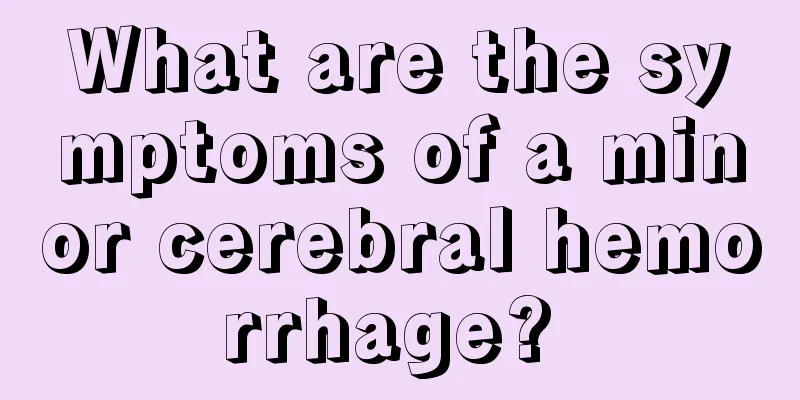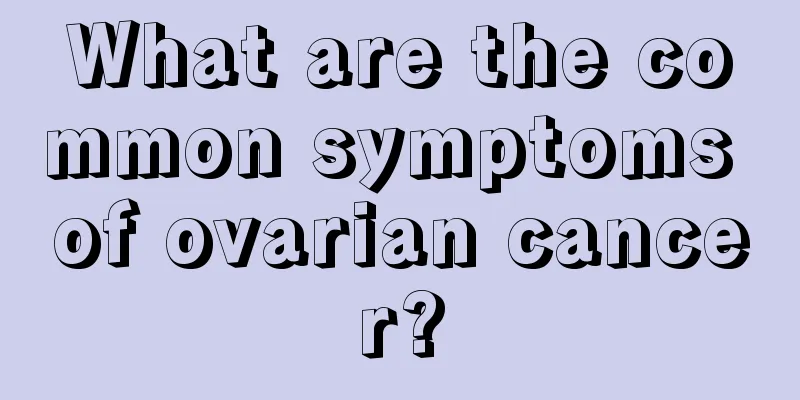Does tap water have parasites?

|
The tap water we usually drink needs to be bottled first, and then boiled at high temperature before it can be drunk. Few people drink raw tap water directly. There is no guarantee that the tap water has not been disinfected, and there may be worm eggs. Although there are currently no cases that raw tap water can cause some parasitic infections, it cannot be guaranteed that it is harmful. There will be no parasite eggs in the tap water after disinfection and purification, so there is basically no risk of parasitic infection if you drink it directly. At least there have been no such cases so far. Guidance: However, unheated tap water may contain more calcium and magnesium ions, which can cause diarrhea in people with poor stomachs. Disinfection methods Nowadays, chlorination is mostly used for tap water disinfection. The main purpose of public water chlorination is to prevent water-borne diseases. This method has been promoted for more than 100 years and has relatively complete production technology and equipment. Chlorine used in tap water disinfection has the advantages of good disinfection effect, low cost, and almost no harmful substances. However, after understanding and studying theoretical data, it was found that using chlorine to disinfect tap water still has certain disadvantages. Tap water after chlorination disinfection can produce carcinogens. Currently, experts from relevant fields have also proposed many improvement measures. Chlorine gas dissolves in water and reacts with water to produce hypochlorous acid and hydrochloric acid. Hypochlorous acid plays a major role in the entire disinfection process. For inorganic substances that produce odor, it can completely oxidize and disinfect them. For living natural substances such as algae and bacteria, it can penetrate the cell walls, oxidize their enzyme systems (enzymes are biological catalysts) to make them inactive, and hinder the life activities of the bacteria and cause their death. Hypochlorous acid itself is close to neutral and can easily approach bacteria, showing a good sterilization effect. Hypochlorite ion also has a certain disinfection effect, but it is negatively charged and difficult to approach bacteria (bacteria are negatively charged). Therefore, its sterilization effect is much worse than that of hypochlorous acid. Therefore, the disinfection effect of chlorine gas is better than that of bleaching powder. At present, in addition to chlorine, disinfectants also include chlorine dioxide and ozone. The use of alternative disinfectants can reduce the generation of harmful substances and improve treatment efficiency. Currently, the safest method of tap water disinfection in the world is ozone disinfection, but the processing cost of this method is too expensive, and the retention time of water treated with ozone is limited. As for how long it can be retained, there is currently no definite concept. Therefore, only a few developed countries currently use this treatment method. |
<<: Are there parasites on humans?
>>: Are there parasites in eggs?
Recommend
What are the clinical manifestations of colon cancer
In our daily life, the incidence of colon cancer ...
Experts say the main early symptoms of melanoma are as follows
Melanoma is a common disease, and melanoma patien...
How to eliminate tension and fear
Tension is a common emotional expression in the h...
What are the symptoms of laryngeal cancer recurrence
Cancer recurrence after treatment is a fatal blow...
The symptoms of rheumatoid arthritis of the knee are like this
Rheumatoid arthritis is now a relatively common d...
What is the correct way to smoke a cigar?
Cigars are a common type of cigarette in real lif...
What can I use to clean the bad smell of porcelain teeth?
There are many patients who use porcelain teeth c...
5 tips to stop snoring
Snoring is not a good thing for people. Because s...
After washing your hair with ginger juice
We all know that ginger has the effect of promoti...
Is lumbar transverse process fracture serious?
The treatment methods for fractures in different ...
Which diseases should be differentiated from ovarian tumors
The incidence and mortality of malignant tumors, ...
What are the principles of exercise for people with teratoma
Teratoma is closely related to daily life, so you...
Are grape seeds poisonous?
Grape seed actually refers to the core of the gra...
What are the examination items for triple positive?
Hepatitis B is a very terrible infectious disease...
What causes dull chest pain? Pay attention to these things
Chest pain is a common clinical symptom. This sym...









